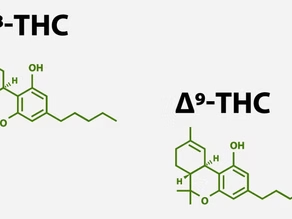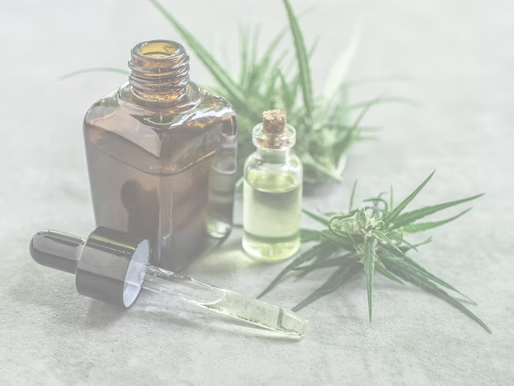Table of Contents
ToggleThe Difference Between Medical and Recreational Marijuana
Some may argue that all marijuana is medical, as there is significant evidence supporting a broad range of therapeutic uses.
The difference between “medical” and “recreational” marijuana is not necessarily in the marijuana plant itself, but rather in the way it is taxed, regulated, and marketed. However, factors such as the CBD to THC ratio may also contribute to defining the line between these two categories.
The Importance of Balancing CBD & THC
CBD (cannabidiol) is the cannabinoid most commonly associated with medical use. It has no psychoactive effects and provides therapeutic benefits, including anti-anxiety and anti-inflammatory properties.
On the other hand, THC (tetrahydrocannabinol) is known for its psychoactive effects and is more commonly linked to recreational use.
Understanding the Entourage Effect
While THC and CBD are often discussed separately, they are more effective when used together, along with other cannabinoids and terpenes. This synergy is known as the entourage effect.
For maximum therapeutic benefit, a well-balanced ratio of CBD to THC is important.
Indica vs. Sativa: Medicinal or Recreational?
It’s common to hear that Indica-dominant strains are better suited for medical use, while Sativa-dominant strains are considered more recreational. However, the truth is more nuanced:
Indica strains may help with relaxation, sleep, and pain relief.
Sativa strains may support focus, energy, and mood enhancement.
Ultimately, both types can be used for medical or recreational purposes depending on the individual’s needs and preferences.
Conclusion
There is no fundamental difference in the marijuana plant used for medical or recreational purposes. The distinction comes down to intent, cannabinoid balance, and regulation. Whether you use marijuana for health or enjoyment, understanding your body’s needs and choosing the right strain is what truly matters.


